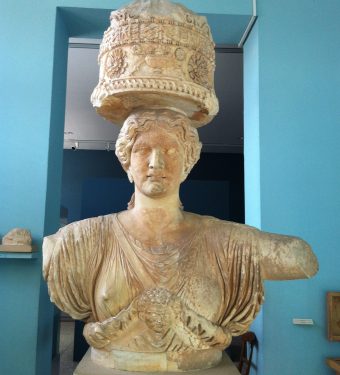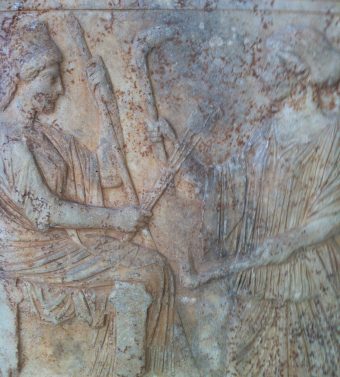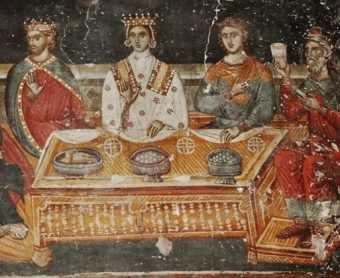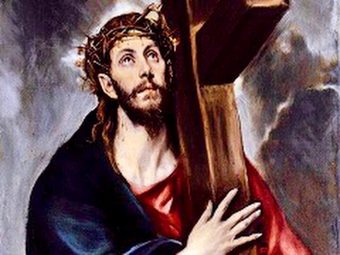Easter in Greece Throughout Times
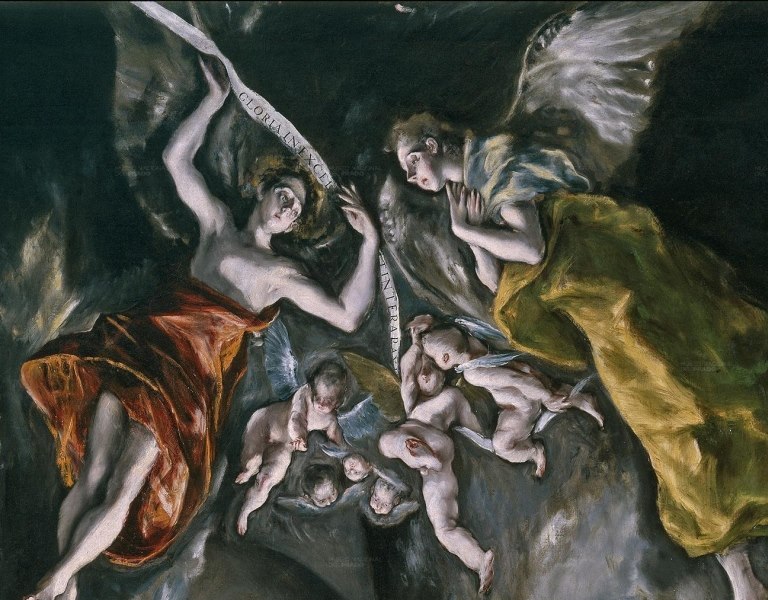
Easter in Greece is the Celebration of Jesus Christ Victory over Death. However, to celebrate the Divine Death and Resurrection is a Ritual with very ancient Origins.
Easter in Greece is believed to be a part of the Christian tradition, which was born in the ancient Jewish tradition. The Greek word “Pascha” comes from the Jewish word “Pesach”, which is the celebration of the liberation of the Jewish people from Egypt and the passage to Israel. However, archeology and history have proven that there were quite similar celebrations in ancient civilizations. Among them the Minoan, the Greek, and the Egyptian.
The Rebirth Ritual in Minoan Times
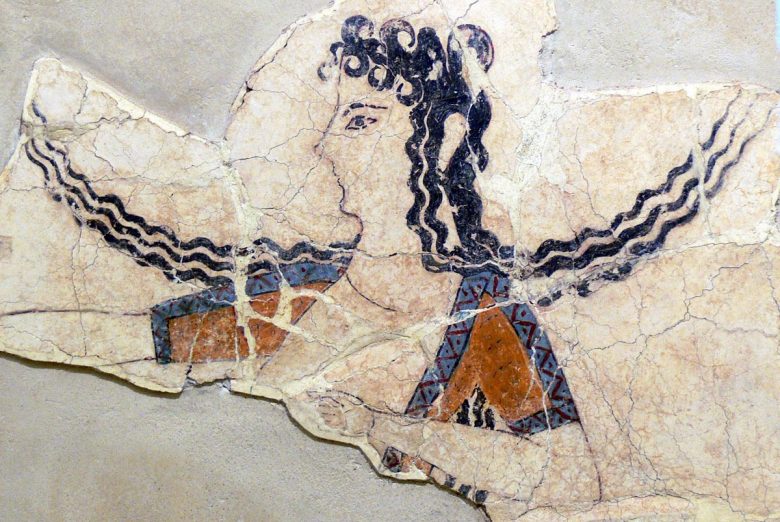
Close to the spring equinox and the first full moon after that, the Minoans of Crete were celebrating the Rebirth of Nature honoring the Minoan “Great Mother” Goddess. Due to the very special climate formed in Crete since the beginning of the Bronze Age, this was approximately the time when the first crops of the year were harvested. In order to honor their Deity, the personification of the Earth herself, the Minoans were conducting outdoor ritual ceremonies in the honor of Nature and the farmers were dedicating to her their first crops of the harvest.
The Rebirth Ritual in Ancient Greek Times
In Greece Mainland, several studies have concluded that early forms of Easter rituals first appeared during the 8th century BC and attracted larger pilgrims in the 7th century BC. Such Rituals were the Lesser Eleusinian Mysteries and the celebration of God Adonis.
The Eleusinian Mysteries
The Lesser Eleusinian Mysteries were celebrated during “Anthesteria” month (February/March). The core of the Eleusinian Mysteries was the myth of Goddess Demeter and her daughter, Persephone. Pluto, God of Ades, the Underworld, fell in love with Persephone and abducted her to the Underworld. Due to Demeter’s sorrow, coming from the disappearance of her daughter, the earth was dying. In order to bring balance back on nature, Zeus, father of Gods, intervened and arranged an agreement between Demeter and Pluto: Persephone would spend half a year on earth, with her mother and half of the year in the underworld, with Pluto. When Persephone was in the underworld (during autumn and winter), Demeter was mourning and the earth was dying. When Persephone was on earth (during spring and summer), Demeter was happy and nature was reborn.
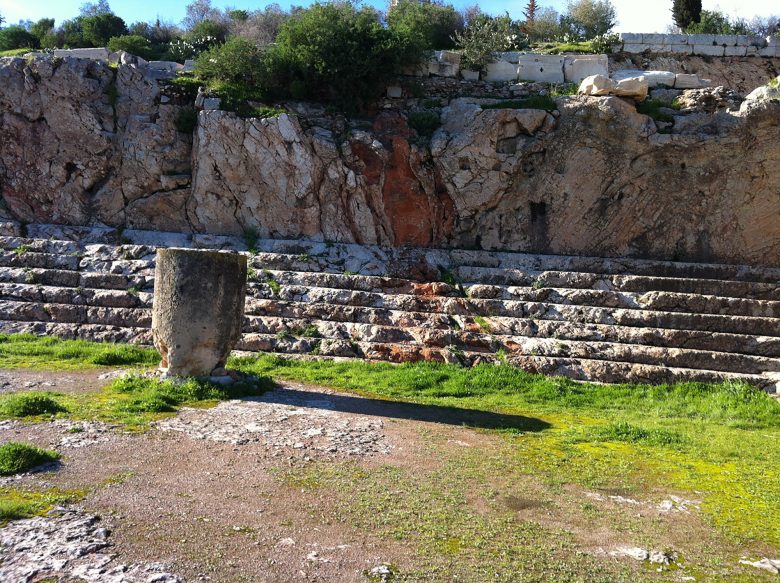
The Eleusinian Mysteries became a major celebration after the end of the 7th century B.C. when the ancient town of Eleusis came under Athenian rule. The Lesser Eleusinian Mysteries introduced the participants to the worshipping of Goddess Demeter and prepared them through purification rituals for the Major Eleusinian Mysteries that followed.
The most important part of the initiation into the Mysteries was the introduction of a new understanding of life and death. Therefore the initiates would be ready to receive the gift of eternal life and cease to fear death. Extremely few is known about the rituals and the initiation ceremonies of the Lesser and Greater Eleusinian Mysteries, as it was forbidden for all of the participants to speak in public about their experience. This is actually why they were called “Mysteries” meaning secret and sacred.
The Purpose of the Ancient Rituals
The purpose of these ancient rituals was to celebrate the death and rebirth of nature through a divine figure. That passed on to Roman times and remained during the first era of Christendom. The establishment of the new religion became easier through maintaining common and known religious practices.
The Easter Ritual in Byzantine Times
During the Byzantine era, Easter became the most important celebration of the Christian world. Thus, it settled the foundation of the Christian faith and religion. Jesus, the Son of God, fulfilled prophecy and through his death, has given the gift of eternal life in heaven. Through his resurrection, hope is renewed for victory over sin.
Many customs of the Orthodox Easter in Greece, which are still practiced in modern times, began during the Byzantine period. Such customs are the baking of Easter bread rolls and the dyeing of the eggs red, which symbolizes the blood of Christ poured for salvation. However, the spirit of forgiveness became the major point and the necessity of the Christian Easter, in both the western and eastern world.
Therefore, it can be concluded, that today’s Orthodox Easter, has a Minoan, ancient Greek, and Byzantine ancestry, pointing out some of the most important values for the human race throughout the times.
If you enjoyed this article check our Blog Page and Services in Crete!

